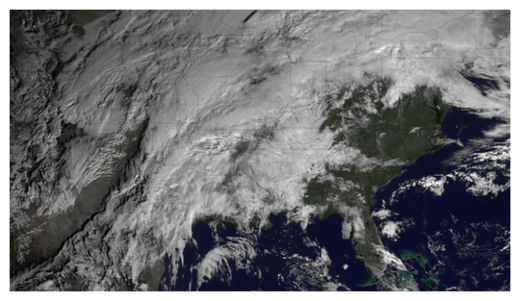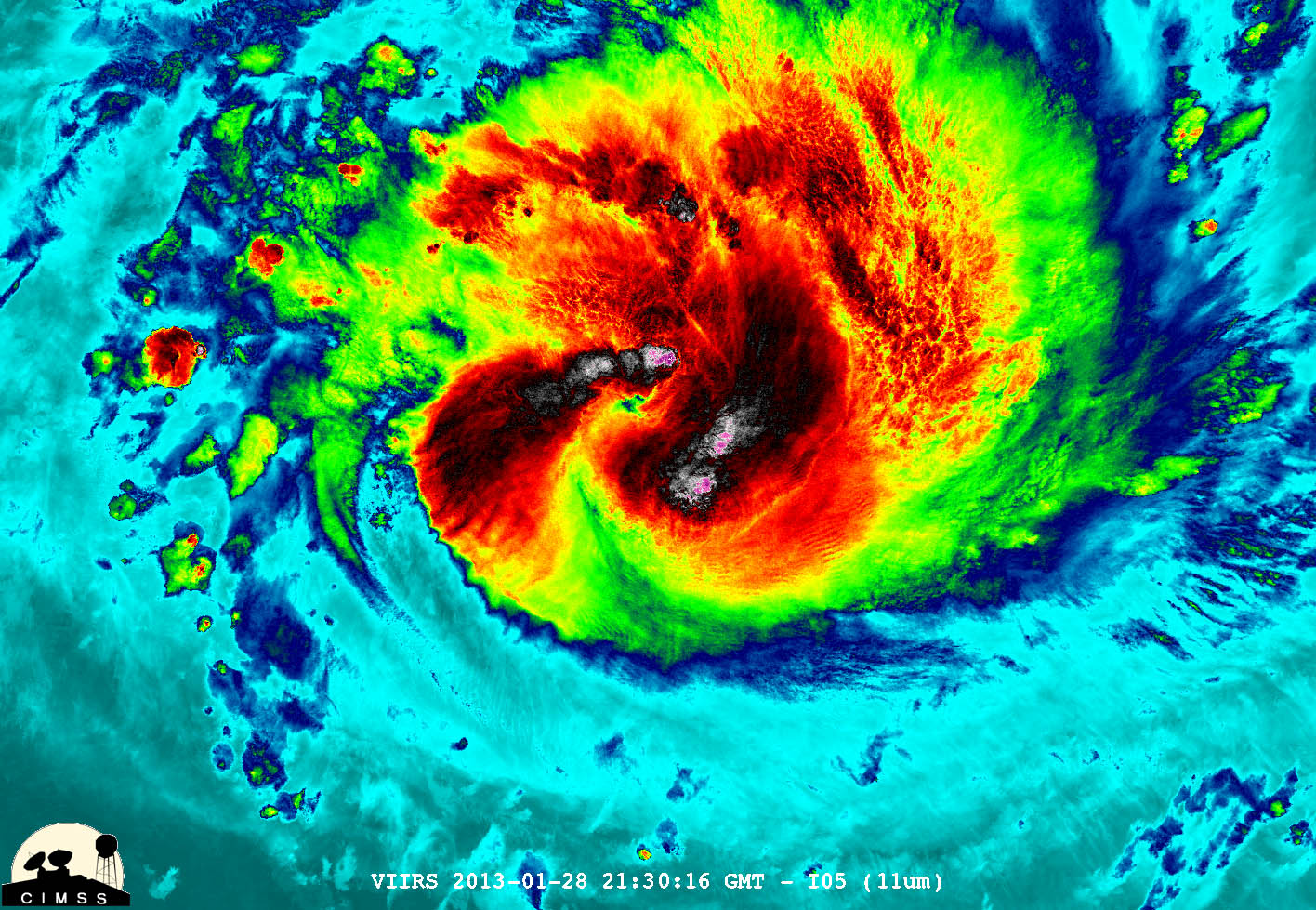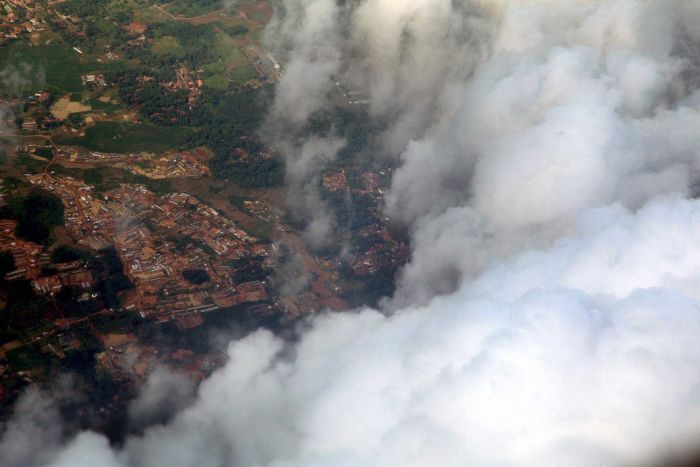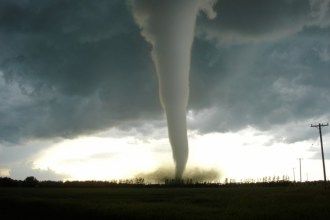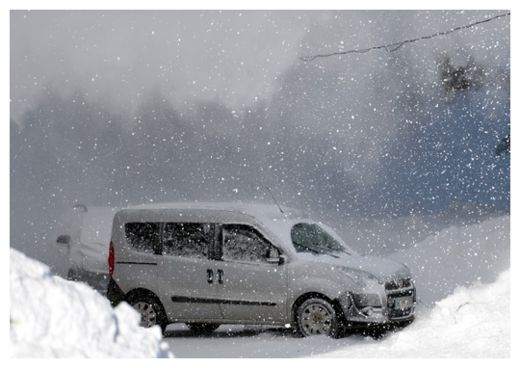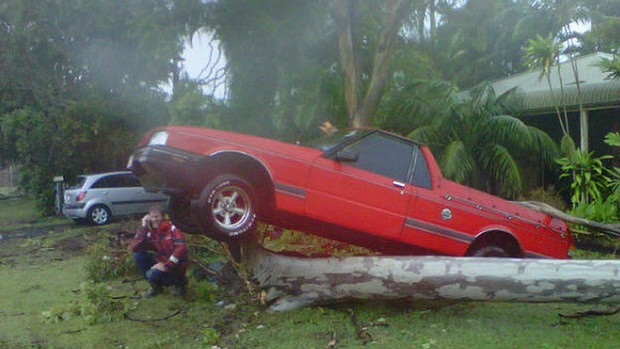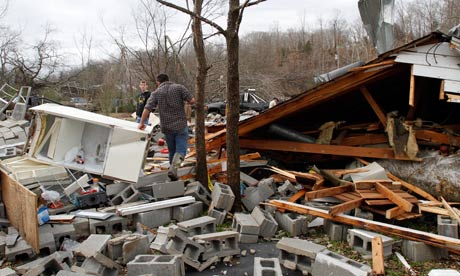
© Photograph: Butch Dill/APResidents search through debris after a suspected tornado ripped Coble, Tennessee, destroying several homes and businesses.
Tornadoes ripped through four states on Tuesday night and Wednesday, killing at least two people, as an Arctic cold front clashed with warm air to produce severe weather over a wide swath of the nation.
Tornadoes were reported in Mississippi, Georgia, Indiana and Tennessee, an unusual development in January when the focus is more likely to be on snow and ice.
The National Weather Service said twisters touched down in Sardis, Mississippi, and heavily damaged homes in Solsberry, Indiana, wiping out power in the surrounding areas. Three twisters were confirmed in Tennessee and a possible tornado hit southeastern Arkansas.
In Georgia, a man was killed when a tornado hit his mobile home late Wednesday morning, said Bartow County administrator Pete Olson.
In north Nashville, a man died when a tree fell on his garage apartment, according to Jeremy Heidt, spokesman for the Tennessee Emergency Management Agency.


